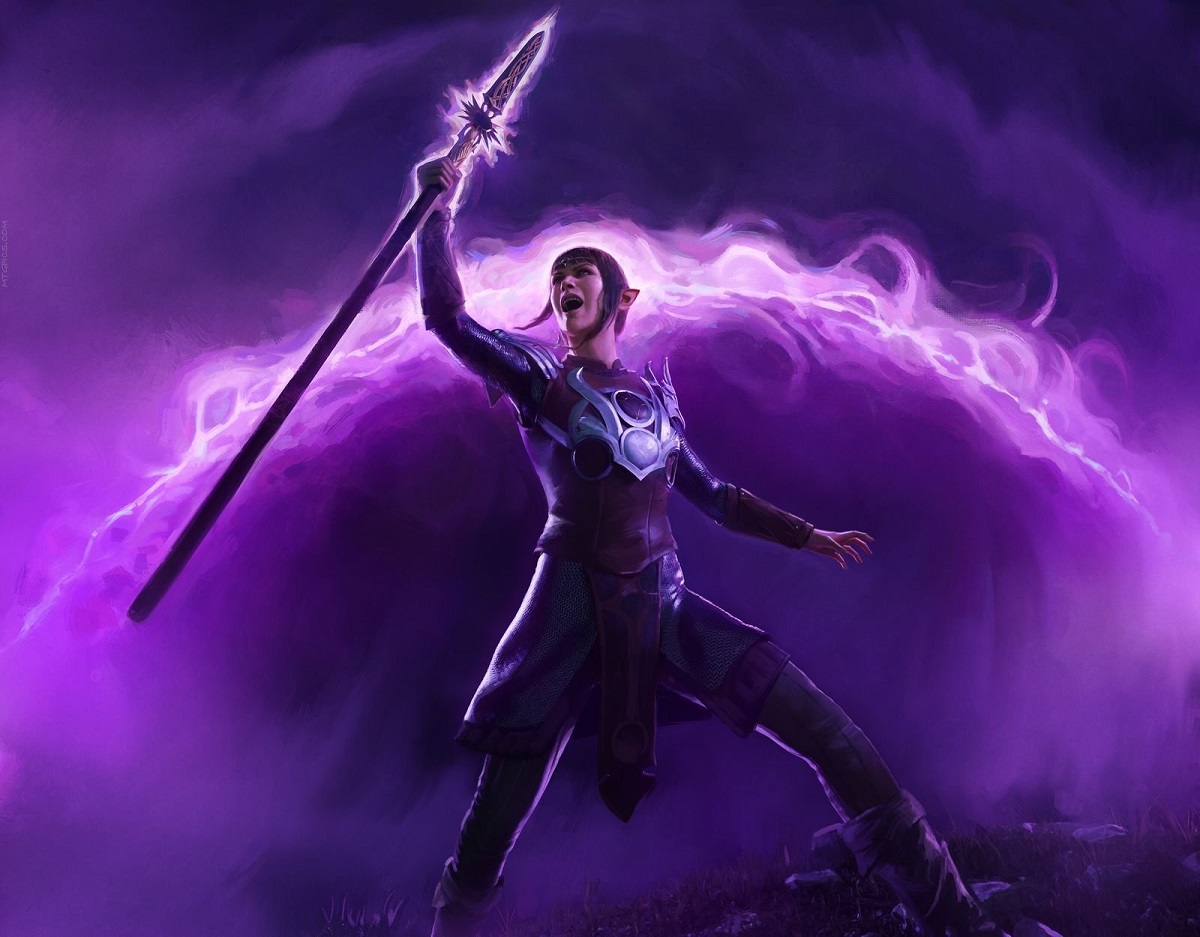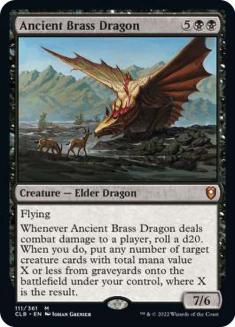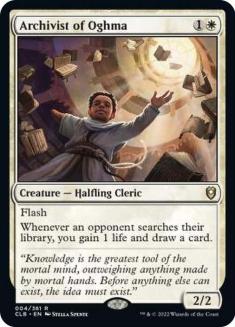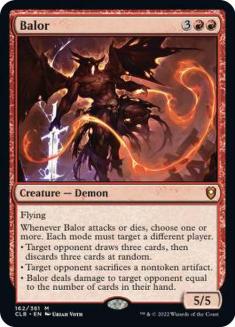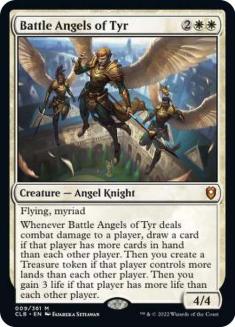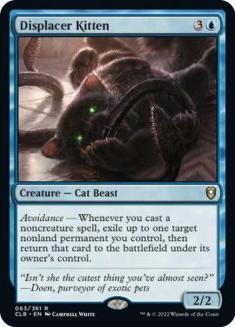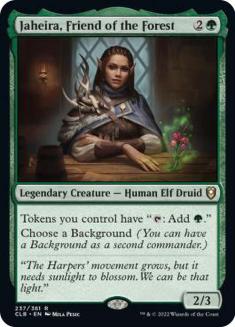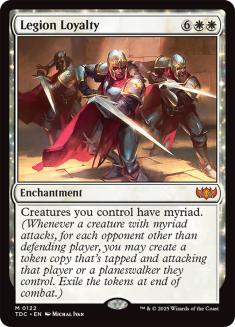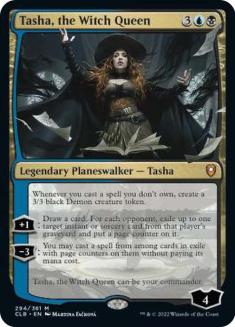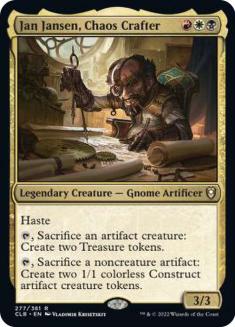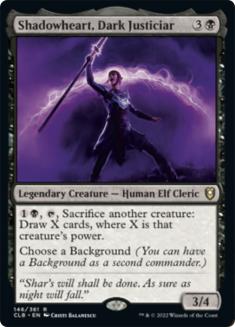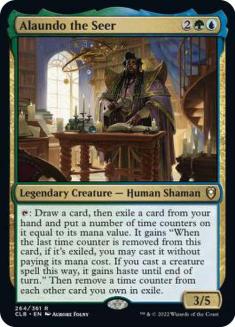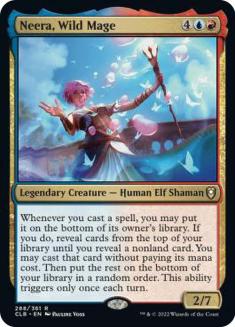I hadn’t heard of a Boxing League until I saw some folks talking about it in the Commander Sphere Discord. I immediately thought a bunch of mild-mannered gamers were starting a fight club, and my only hope was that it would be streamed. As entertaining as that would have been, the actual league was square in my wheelhouse: build a Commander deck, only with the contents of an entire booster box. The indefatigable Sheldon Menery has covered a Boxing League here in the past, but that was far before my time playing Commander.
This format combines two of my favorite things: cracking boxes and playing Limited Magic. It feels much stronger than traditional Commander Legends: Battle for Baldur’s Gate because of the sheer volume of cards you need to sift through, although singleton rules do apply here. You should have heard the wind go out of me when I found out I wouldn’t be sleeving up four copies of Command Tower.
Any Boxing League puts pressure on your deckbuilding skills because you’re asked to make tough cuts on your final twenty or so cards. I couldn’t imagine a deck I wouldn’t auto-include a Roving Harper in, for example, but here it got the axe due to its total lack of synergy with my plan. My traditional Limited brain feels like it got Skullclamped.
Today, I want to walk you through every step in evaluating a pool when starting a Boxing League, and how each step informs the next. I haven’t played any matches yet, but I think this pile might just be a winner.
What Are Your Bombs?
As much as I’m willing to bend the knee to a powerful Commander, I need to consider which game-warping cards I want to be able to cast. I opened Tasha, the Witch Queen in my third pack and thought I’d be all in. That was until Archivist of Oghma, Battle Angels of Tyr, and Legion Loyalty all showed up outside her Dimir identity. If I choose to go white, I get access to all of these cards in my deck, whereas if I go with Tasha, I know I will get to cast her multiple times.
Be candid with yourself about what constitutes a bomb. Is it a card that demands an immediate answer? Does it have a unique effect that you will not be able to find elsewhere in your pool? Does it give you velocity in a game to help reach an endpoint? And does it require synergy with other cards to function? I consider a good score to be you answering in the affirmative three times.
Example: Archivist of Oghma may not help end a game, but it demands an answer and is irreplaceable while functioning autonomously. I cannot wait to cast it.
Who Are Your Top Commander Options?
Again, we see Tasha in the pole position in a color pair I find to be quite devastating, given how initiative can change games and how well Dimir does at manipulating it. We see a couple of options that let us select a Background, our two best being Cultist of the Absolute and Raised by Giants, but neither Shadowheart, Dark Justiciar nor Jaheira, Friend of the Forest pairs particularly well with our strongest partner enchantments.
Neera, Wild Mage isn’t a card I’m too excited to build around in Limited and Raphael, Fiendish Savior lacks support for his not-so-merry band of troublemakers. Alaundo the Seer is a card I rated quite highly in my Limited review, and I’d be fine trying to figure out a way to make him work if Jan Jansen, Chaos Crafter wasn’t staring me directly in the face with his non-magnified eye. I see you, Jan.
Should You Go Tricolor?
While I’m not a fan of them in Draft, tricolor Commanders are incredibly strong in a Boxing League because they give you access to such a deeper pool to build from. Adding white alone gives me an additional 65 commons and uncommons to choose from. Fixing is less of a concern when I have access to every common land. I’m also not forced to telegraph the strength of my deck by having a planeswalker out there as known information. Mr. Jansen is a humble crafter compared to a freaking Queen.
Trying to build a cohesive deck is your target to shoot for in these leagues, not just expensive stuff and removal. Mardu happens to have tremendous synergy between its keywords. Boros creatures with myriad create tokens that make great sacrifices for your Rakdos cards, while our Orzhov Aristocrats cards love seeing those sacrifices. Here are three disparate strategies working in harmony.
What Is Your Deck Giving Up?
One of the biggest level-ups you can have as a chef is knowing how to edit your dish. You learn flavors and how to execute them, so the temptation is to put it all on the plate. While they may be delicious on their own, it all turns into a muddled disaster when consumed together. Your deck needs to function like a composed dish, with each card adding to that perfect bite.
Identifying mechanics that don’t jell with your plan is a great starting point. I sang the praises earlier of taking initiative, and here we have mostly black cards that would benefit from running that package. Ravenloft Adventurer and Passageway Seer were tough cuts, but necessary ones. Ideally, I can steal initiative away from other players through sheer aggression, but this isn’t a deck that will be venturing through multiple dungeon sections in a turn without blue. I must say goodbye.
Likewise, my Dragons-matter cards in red are woefully out of place in this low-curve deck. My white cards that care about blink (see: Harper, Roving) are simply fine but not actively strong, so having a one-shot Githzerai Monk seems less appealing than if I knew I could trigger it two or three times.
When you’re making cuts, look first to the cards that lean on synergies outside what your fundamental strategy is, and move on from there.
How Do You Win Games?
“Jan worries me because I don’t know what the wincon is,” said stadlad, a member of the league, in the Discord. It was a valid point and something I worry people don’t consider enough when selecting their Commander in a format like this. People are likely running a bit more interaction than they usually would for a casual game; still, your threats can be outclassed if you focus too much on the traditional Limited plan of a solid curve. You’re in a weird pickle.
We’ve covered building a synergistic deck, but I encourage you to step outside yourself and think about how you’d snap evaluate your deck if someone else was playing it. Myrkul, Lord of Bones might actually get off easy despite it being an immensely powerful card because people tend to deal with what’s happening now while leaving a loose plan for the future. I’m leaving a lot of creatures bent on aggression on the sidelines when it comes to Bone God.
With Jan, generating a lot of Constructs and Treasures only gets you so far in a set with quite a few sweepers looking to hit your babies. Someone asked me why I wasn’t playing Sarevok, Deathbringer or Vrock. They’re fine cards, but they put me on too many people’s radars without having much to do on the battlefield other than annoy folks. They’re “meh” bodies that don’t synergize with what I’m doing, which is a net loss. Instead, I need to lean on the strength of my deck: taking big swings with myriad and punishing people who let me stick around for a turn or two too long.
The Final Build
Using Moxfield, I found it helpful to add in everything I considered playable, then move my final few cuts into the sideboard section in the event I had any regrets. In the end, I wound up with a deck that feels like the correct mix of my mechanics while not being too greedy. There’s ample fixing, an abundance of artifacts to gift my buddy Jan, and probably a bit too much interaction that I can hopefully use diplomatically. Most of my power is flying, and I have a number of options in the late-game. In theory, it feels decent, which is exactly the vibe this deck wants.
Have thoughts on how it came together? Sage advice for a card I’m getting it wrong on? Let me know. There’s still plenty of time to make changes, and I imagine I’ll revamp this at least ten times before we start. A special thanks to Dan Sheehan and Rachel Weeks, host of Commander Sphere, for making it happen.

